Rising Geriatric Population
The aging population is a significant driver in the Portable Magnetic Resonance Imaging Market. As the number of elderly individuals increases, so does the prevalence of chronic diseases that require regular imaging for monitoring and diagnosis. Portable MRI systems offer a practical solution for this demographic, allowing for easier access to imaging services without the need for extensive travel. This trend is likely to result in a higher demand for portable imaging solutions, as healthcare providers adapt to the needs of an aging population. Projections indicate that the geriatric segment could account for a substantial share of the market by the end of the decade.
Focus on Point-of-Care Testing
The trend towards point-of-care testing is reshaping the Portable Magnetic Resonance Imaging Market. Healthcare providers are increasingly seeking rapid diagnostic tools that can be utilized at the patient's location, minimizing delays in treatment. Portable MRI systems align with this trend by providing immediate imaging results, which can be crucial in emergency situations. The convenience of point-of-care testing is likely to drive adoption rates, as healthcare facilities aim to enhance patient outcomes. This shift is expected to influence market dynamics, with a projected increase in the number of portable MRI units deployed in various healthcare settings.
Increased Demand for Accessibility
Accessibility remains a critical driver in the Portable Magnetic Resonance Imaging Market. As healthcare systems strive to provide services in remote and underserved areas, portable MRI systems offer a viable solution. These devices can be transported easily, allowing for on-site imaging in various settings, including rural clinics and emergency response units. The increasing focus on patient-centered care and the need for timely diagnostics are propelling the demand for portable imaging solutions. Market analysts estimate that the accessibility factor could contribute to a significant portion of the projected market growth, potentially reaching a valuation of several billion dollars by 2030.
Technological Advancements in Imaging
The Portable Magnetic Resonance Imaging Market is experiencing a surge in technological advancements that enhance imaging capabilities. Innovations such as improved magnet designs and advanced software algorithms are enabling higher resolution images and faster scanning times. These developments not only improve diagnostic accuracy but also expand the range of applications for portable MRI systems. As a result, healthcare providers are increasingly adopting these technologies to meet the growing demand for efficient diagnostic tools. The market is projected to grow at a compound annual growth rate of approximately 10% over the next five years, driven by these advancements.
Cost-Effectiveness of Portable Solutions
Cost considerations are increasingly influencing the Portable Magnetic Resonance Imaging Market. Portable MRI systems often present a more cost-effective alternative to traditional MRI machines, particularly in settings where budget constraints are a concern. The lower operational costs associated with portable units, combined with their ability to deliver high-quality imaging, make them an attractive option for healthcare providers. As hospitals and clinics seek to optimize their resources, the demand for cost-effective imaging solutions is likely to rise. Market forecasts suggest that this trend could lead to a notable increase in the adoption of portable MRI technology in the coming years.


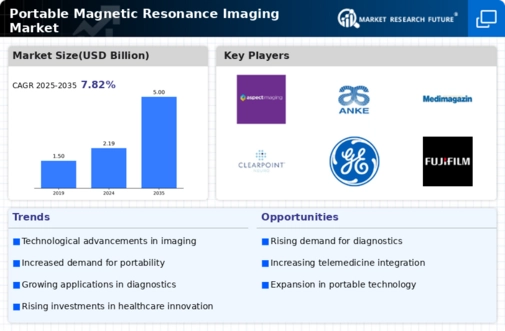
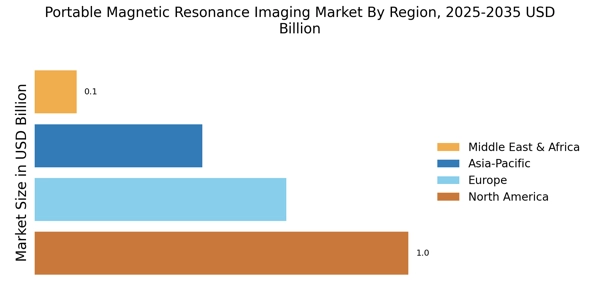
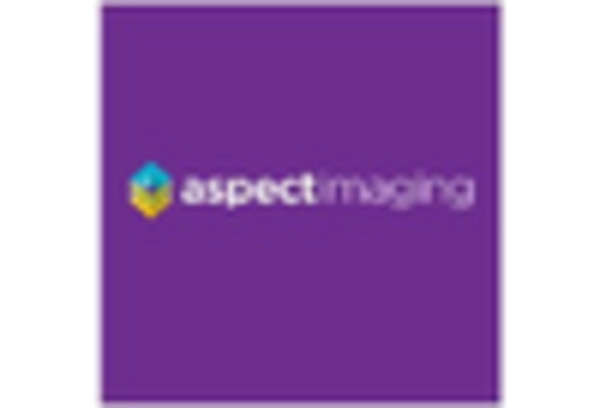

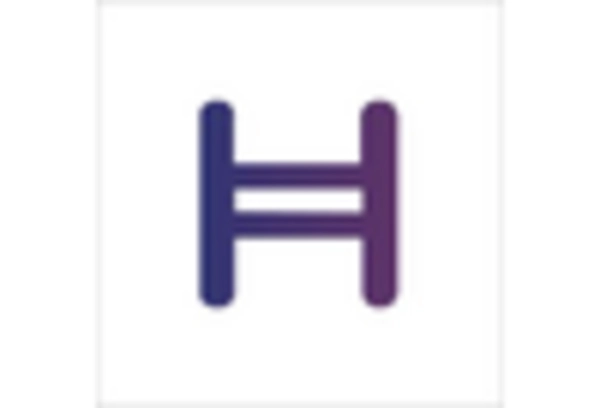
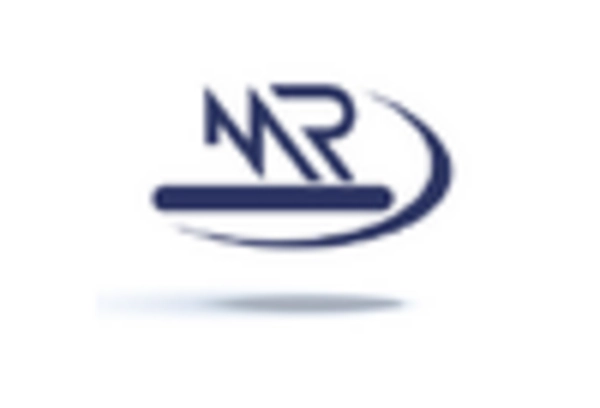










Leave a Comment